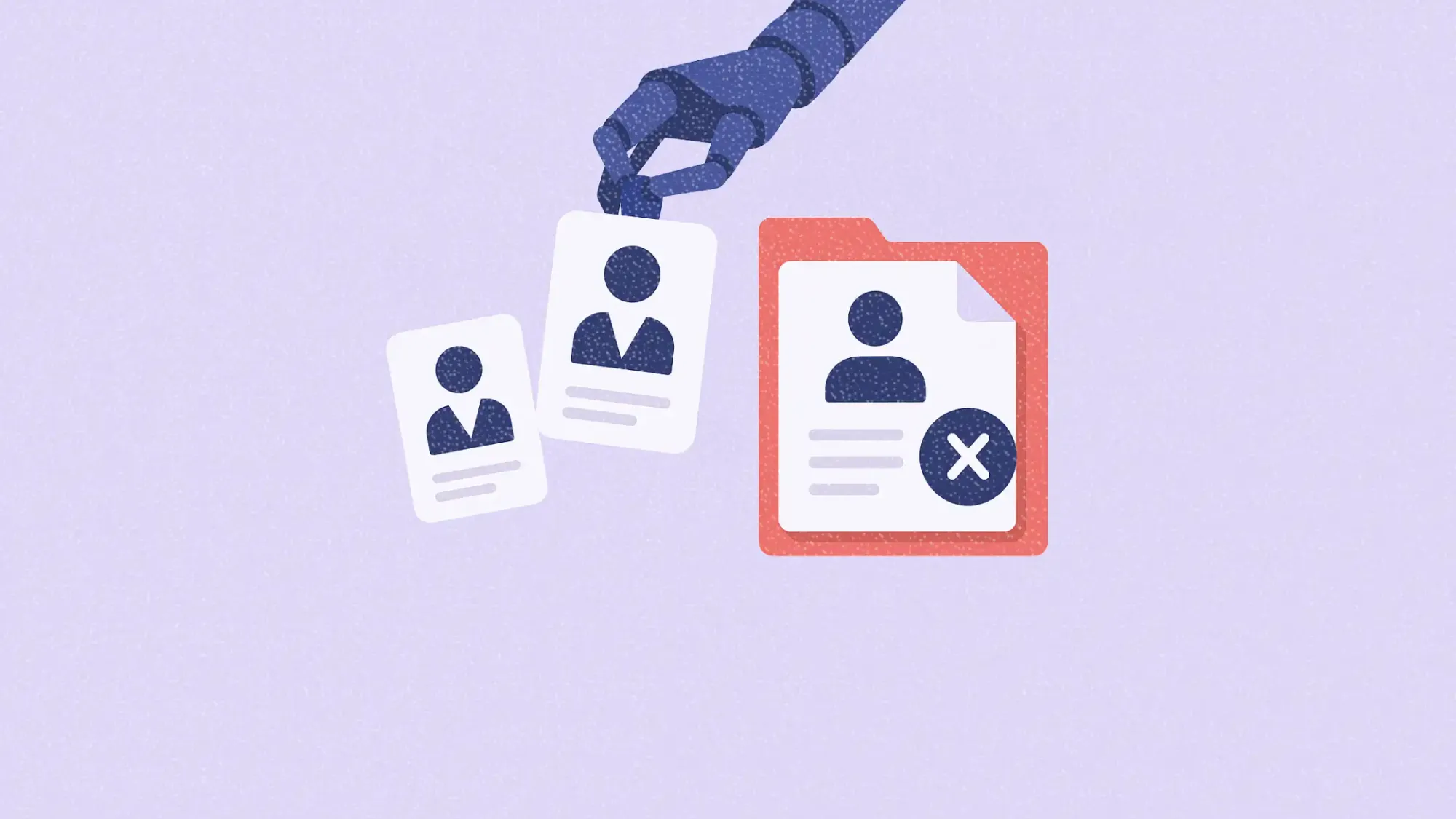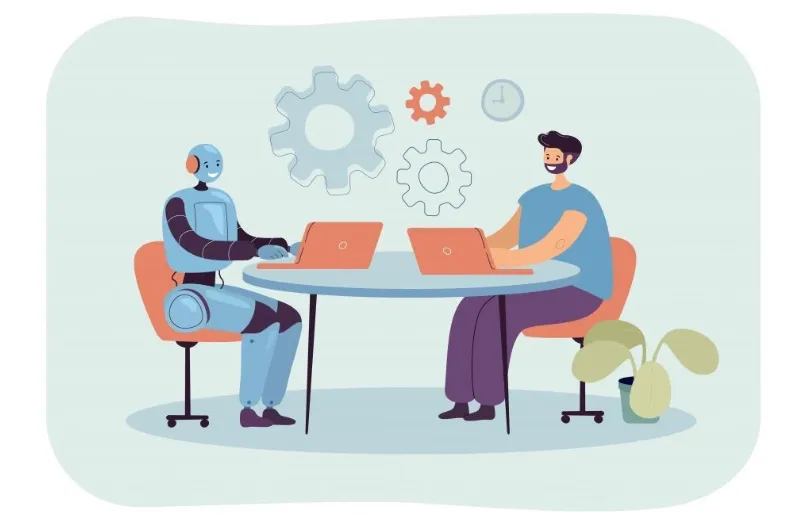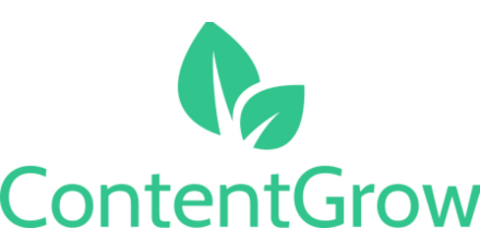Why are ad agency jobs disappearing?
As AI eats the grunt work, layoffs hit staff and managers alike

AI is now embedded into day-to-day life at advertising agencies. According to an ADWEEK reader survey, over two-thirds of agency employees use artificial intelligence tools several times a week. From media buying and copywriting to project planning, artificial intelligence has already shifted from experimental tech to an everyday collaborator.
But while AI adoption rises, overall ad industry hiring isn’t. The U.S. labor market added 228,000 jobs in March—beating expectations—but agency-specific roles haven’t followed suit. Leaders cite economic uncertainty, platform consolidation, and yes, automation, as reasons for the slowdown.
This article unpacks how AI and cost-cutting are impacting staffing patterns at agencies—and why it’s not just junior creatives who should be watching their backs.
Short on time?
Here’s a table of contents for quick access:
- The hiring freeze behind the automation
- Where the jobs are disappearing—and where they’re not
- What marketers should know

The hiring freeze behind the automation
Despite a stronger-than-expected national jobs report—228,000 jobs added in March according to preliminary data from the Bureau of Labor Statistics—the advertising sector isn’t seeing the same momentum. Industry insiders point to hiring slowdowns, agency consolidations, and increasing automation as key reasons why job growth in adland continues to lag behind broader economic trends.
Part of this pullback is classic belt-tightening. Agencies are wary of macroeconomic headwinds and geopolitical instability. The Omnicom-IPG merger, which raised eyebrows for its size and potential market impact, is also contributing to hiring hesitancy.
“They are looking to be as lean as possible on paper,” said Sasha Martens of Sasha the Mensch, highlighting how deal-making often leads to internal hiring freezes.
But there’s another, quieter driver behind the slowdown: AI tools that are increasingly capable of handling tasks once assigned to junior staff.
Where the jobs are disappearing and where they're not
AI may be taking over the grunt work, but it’s not just junior roles on the chopping block anymore. Data from Live Data Technologies shows a shift in layoff patterns across white-collar employees. In 2023, staff-level layoffs dropped to 53.73%, down from 63.11% the year prior. Meanwhile, layoffs at the manager level rose to 31.54%, and executive layoffs climbed to 14.72%—both the highest in six years.
While we don’t yet have full data for 2024 and 2025, AI’s role in driving layoffs is already evident. What began with automating entry-level tasks has expanded into streamlining entire org structures, from junior staff to executives.
This data reflects white-collar trends broadly, not just within marketing or advertising. Still, the impact is clearly visible in agencies, where tasks like media planning, copywriting, and reporting are now increasingly handled by AI tools. “Now AI hoovers up the grunt work, so agencies are starting to skip the junior rung altogether,” said Patrick Garvey, founding partner at We Are Pi.
The shift in hiring tells the rest of the story. IT and business management are the only departments still growing—signaling demand for talent that can build, manage, or scale AI systems. Being creative and eager isn’t enough anymore. Agencies are now looking for people who can collaborate with AI—or better yet, lead it.
What marketers should know
As AI reshapes agency structures, here’s what brand-side marketers and CMOs need to keep in mind:
1. Expect leaner teams with more automation
Many agencies will present tighter staffing models to clients, leaning heavily on AI for speed and scale. When evaluating agency partners, ask what work is handled in-house versus outsourced or automated. Transparency is key.
2. Strategy roles are staying—but need upskilling
While manager and director positions are stable, the job descriptions are shifting. Project managers, for example, are now expected to understand AI tools, prompts, and automation platforms. Marketers should look for strategic partners who blend traditional marketing insight with AI fluency.
3. AI literacy is becoming table stakes for new talent
For young professionals hoping to break into the industry, basic AI skills are increasingly non-negotiable. Agencies see value in “digital natives” who are already comfortable with prompt engineering, AI-assisted design, and data-driven content generation.
4. Talent pipelines may need a rethink
If agencies skip junior hires altogether, the long-term consequence may be a shallower talent pool down the line. Brands that care about the health of the industry should advocate for training programs and apprenticeships that integrate AI rather than eliminate early-career roles.
AI isn’t just another tool in the agency toolkit—it’s a structural shift. And for marketers working with agencies or managing teams, understanding how those shifts affect talent, output, and strategy is more important than ever.
As routine tasks continue to disappear from job descriptions, both agencies and their clients will need to rethink how marketing work gets done—and who’s best equipped to do it.




